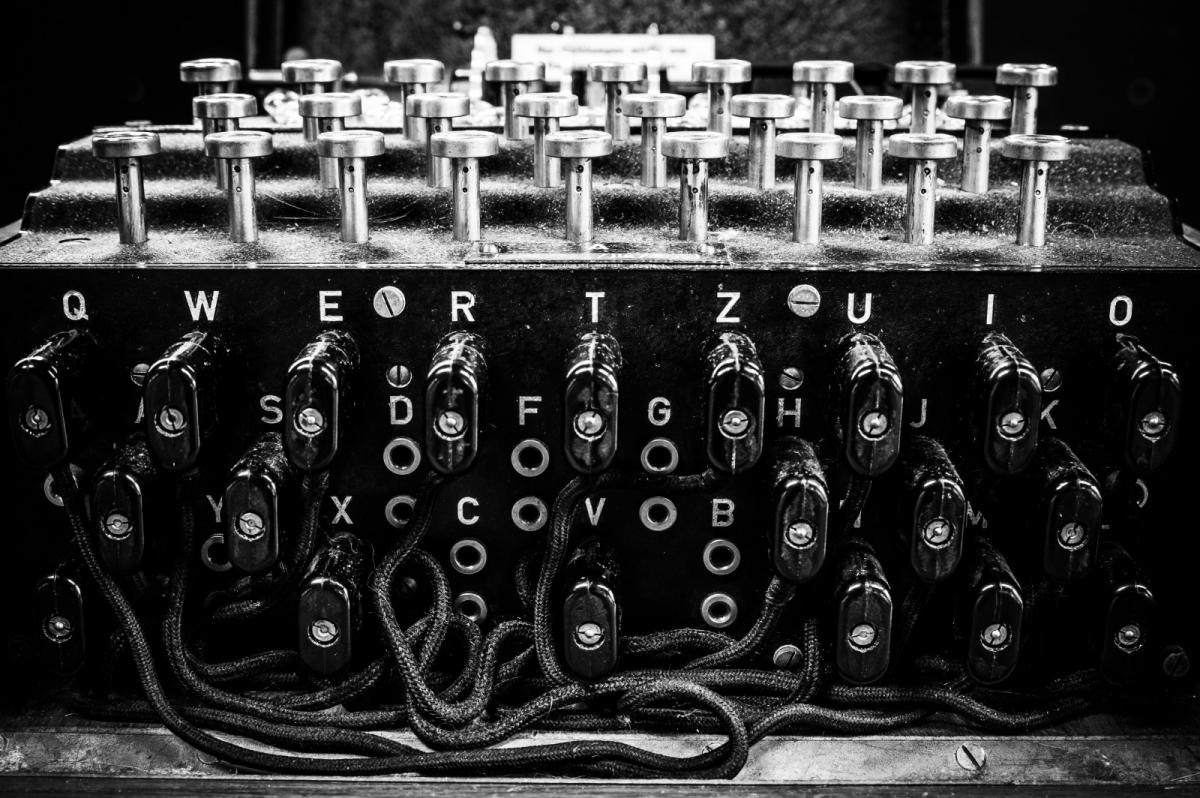World War II was not just a battle on land, in the skies, and across the oceans it was also a secret war fought in the shadows, where a single encrypted message could be as valuable as hundreds of tanks or planes.
It was in this context that the "Enigma" machine was born, the Nazi device that terrified the world and baffled the Allies with its incredible ability to encrypt communications. The Germans believed that any message sent through this machine was completely unbreakable, as its code changed daily with thousands of possible combinations. To the leaders in Berlin, Enigma seemed truly impenetrable.
Enigma wasn’t just a mechanical device; it was a complex engineering marvel made up of interlocking electrical rotors that generated millions of combinations to encode military messages, secret orders, submarine movements, fleet operations, and more. Everything passed through this small metal marvel, which soon became the backbone of the Nazi intelligence network. For Hitler and his commanders, it was the shield that protected the secrets of the Third Reich from any breach.
But history was not kind to Enigma. Far from the frontlines, brilliant minds were working just as fiercely as soldiers on the battlefield. It began in Poland, where three mathematicians succeeded in understanding the basic workings of the complex machine. The challenge then moved to Britain, opening the gates to a vast secret war.
Inside the halls of Bletchley Park, a country estate about 80 kilometers from London, transformed into a massive intelligence hub, Alan Turing and his team worked feverishly in silence, unknown to the world… even as they were trying to save it.
Turing invented a device called the "Bombe," a massive machine designed to simulate Enigma and test millions of possible combinations in record time.
Bit by bit, the veil lifted. German messages that had once seemed impossible to decipher were suddenly being read by the Allies, as if written in invisible ink.
This breakthrough truly changed the course of the war. Britain and the United States gained precise information on Nazi submarine movements in the Atlantic, allowing them to strike accurately and shift the balance of power.
The "spell" of Enigma was broken, but its story didn’t die. It became more than just a cipher machine; it stood as a symbol of a battle of minds, no less important than battles of armies. The Allies stated that their success in cracking the code shortened the war in Europe by at least two years and saved millions of lives.
Today, Enigma sits behind museum glass, transformed from an instrument of terror into a machine that reminds the world that true power doesn’t lie only in guns, tanks, or planes, but in those quiet minds capable of turning complex riddles into clear words that rewrite history.
Beyond the war, Enigma’s legacy extended far beyond military operations, it touched the very heart of modern life. Turing’s and his colleagues’ efforts to build machines capable of performing complex calculations laid the foundations of modern computing.
From within the chaos of conflict and the roar of explosions, were born the ideas that would later inspire the revolution of computers and artificial intelligence. Thus, Enigma transformed, from a symbol of Nazi encryption to the spark that ignited one of the most significant technological revolutions in human history.
Please post your comments on:
[email protected]
 Politics
Politics








